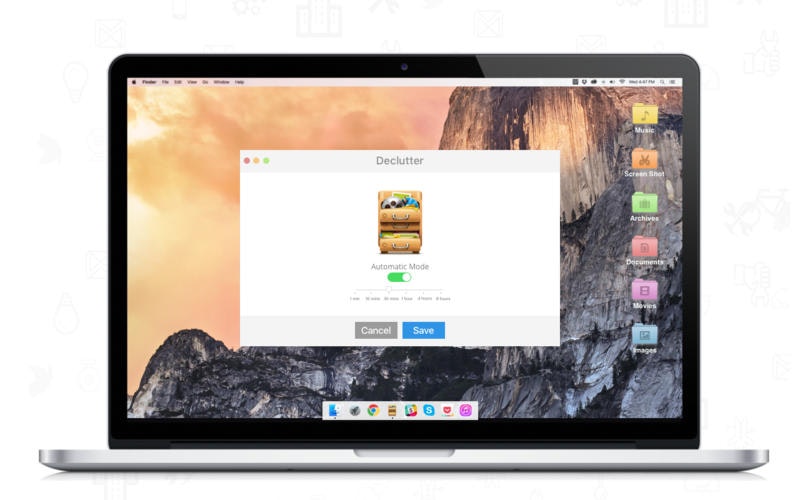

However, doing so requires specific knowledge of how the internals of Google’s systems work and takes time and effort to manage. You can do some searching, sorting, organizing, analyzing, or categorizing you want to do with files in your Google Drive manually.

You may want to clean it up, but if you do, it could break that app’s functionality. This note shouldn’t concern personal users without any authorized apps or software.ġ6: Use Another Backup Option 1: Use Clean Drive Some business apps, for example, might rely on a specific file structure that otherwise looks messy. Note: Before you begin, you may want to ensure there’s nothing business-critical tied to some element of your Drive account. How can you go through your Google Drive and clean, organize, and audit its contents? As Google Drive experts, we have 15 tips for you. You’d be surprised at how much junk adds up over time and how much space is taken up by things you don’t need. You must routinely clean up, organize, and audit your stored files and ensure you’re only saving the stuff that needs to be kept. There are plenty of ways to use your storage better, but one of the most important is treating it as a finite resource. You only have 15 GB of space by default, and while you can get more through various options, it’s still limited. There’s just one problem: you’re limited in how much space you have. Cloud storage is indispensable for everything from remote work to archiving important data to storing and sharing family photos. There are only so many hard drives and only so much media, and while the amount available is incomprehensibly vast, the amount any one person can access is comparatively tiny. While it may not seem like it, there’s technically limited storage space available to internet users.


 0 kommentar(er)
0 kommentar(er)
